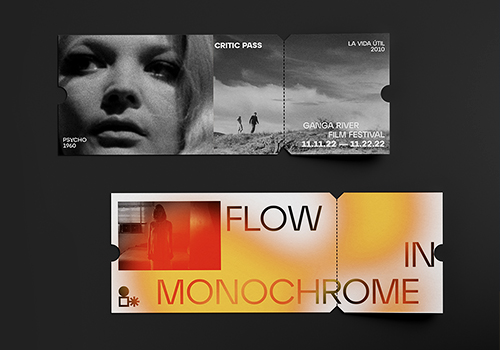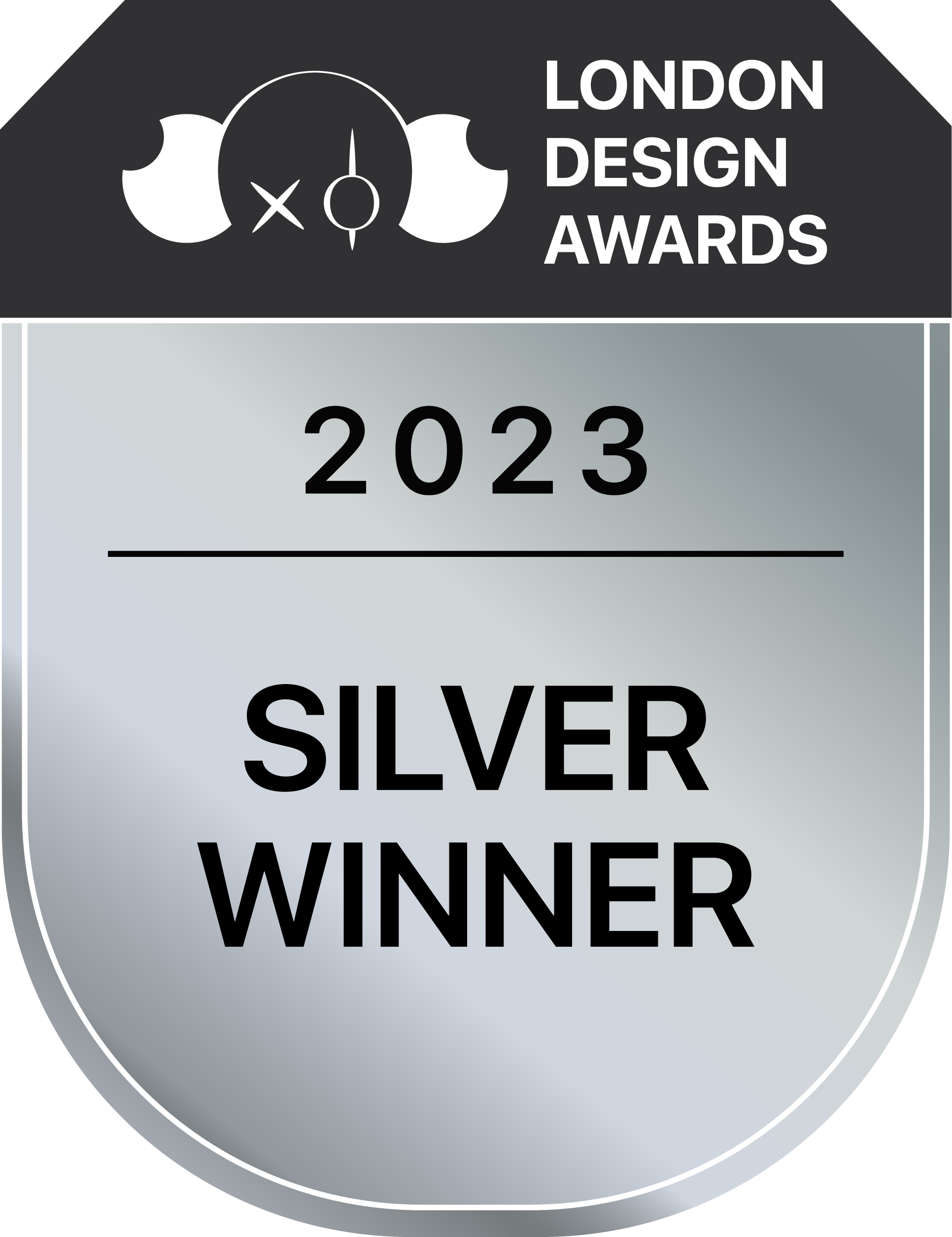
TIANYUN JIANG
1. Please give us a brief bio of yourself and your design background.
I embarked on my design journey with a passion for industrial design, where the core ethos revolves around problem-solving. Guided by a combination of logical thinking and creative exploration, my foray into industrial design enabled me to view challenges as opportunities for innovation. This perspective gradually drew me towards another facet of design
2. What made you become/why did you choose to become a designer/artist?
The driving force behind my decision to become a designer stems from my innate curiosity and desire to make a meaningful impact. The idea of transforming problems into solutions and ideas into tangible forms captivated me from an early age. The ability of design to bridge the gap between functionality and beauty, while also connecting with people on an emotional level, greatly influenced my choice. This convergence of problem-solving and creativity in the design field resonated with me deeply and led me to choose this path.
3. Tell us more about your agency/company, job profile, and what you do.
Within my agency ForceMajeure, my role revolves around crafting compelling narratives through visual communication. This involves conceptualizing and designing visual elements that effectively convey messages, evoke emotions, and drive engagement. ForceMajeure is an award winning design agency with a professional in packaging design for over 20 years. My responsibilities span a range of projects, from packaging and branding to digital media campaigns. By collaborating with cross-functional teams, I ensure that the visual aspects align seamlessly with the overarching goals of the projects.
4. What does “design” mean to you?
As a visual communicator, design emerges as a profound instrument for storytelling
5. What’s your favorite kind of design and why?
Embracing the dual facets of industrial and graphic design, I find myself drawn to distinct yet interconnected design philosophies. Within the realm of industrial design, the allure of minimalism becomes a guiding principle that resonates deeply with me. Minimalism is not only an aesthetic choice; it signifies a commitment to sustainable production and a reverence for essential functionality.
In the pursuit of minimalism, every line, curve, and component holds significance. The meticulous paring down of elements reveals the essence of a product
6. To you, what makes a “good” design?
A "good" design transcends the visual, embracing a multi-sensorial symphony that resonates with its audience on various levels, encompassing not only the eyes but also engaging touch, sound, smell, and emotions. It's a harmonious composition that orchestrates an ensemble of sensory experiences, culminating in a deeply immersive encounter.
A "good" design is also one that strikes the perfect equilibrium between form and function. It seamlessly integrates aesthetics with practicality, creating a cohesive and visually appealing solution that not only serves its purpose but also enhances the user experience.
7. How did you come up with the idea for your award-winning design?
Originating from the serendipitous selection of words, our journey commences with a cascade of creativity. Our canvas: a distinctive movie festival campaign waiting to be unveiled. Casting our net wide, we curate a tapestry of intriguing words
8. What was your main source of inspiration for this design?
At the heart of my inspiration lies the captivating allure of cultural beauty and its inherent "Flow." Across the globe, every culture boasts its own remarkable tapestry of visual communication. This intricate network encompasses language, colors, and patterns. Immersed in the study of diverse cultures, I assume the role of a translator
9. Do you think your country and its cultural heritage has an impact on your design process?
Undoubtedly, my country's cultural heritage has a profound impact on my design approach. Drawing from the rich tapestry of traditions, stories, and visual motifs, I infuse a sense of cultural identity into my work, making it more relatable and meaningful to the local audience.
10. Congratulations! As the winner of the London Design Awards, what does it mean to you and your company and team to receive this award distinction?
Winning the London Design Award is an immense source of pride for me and my team. It serves as validation for our dedication, expertise, and commitment to pushing the boundaries of creativity.
11. Can you explain a bit about the winning work you entered into the London Design Awards, and why you chose to enter this project?
Ganga River FF is a virtual film festival located in Ganga River, Varanasi, India. It
12. What were the main challenges you faced during the design process, and how did you overcome them?
Throughout the design process, challenges emerged in balancing aesthetics and cultural color language while effectively conveying the intended message. By fostering a collaborative environment and embracing iterative refinement, I overcame these challenges and arrived at a successful solution.
13. How do you think winning this award will impact your future as a designer?
Winning this award is likely to open doors to new opportunities and collaborations. It will reinforce my belief in my skills and motivate me to continue pushing my creative boundaries.
14. What are your top three (3) favorite things about the design industry?
The boundless scope for creativity, the potential to positively influence lives through design, and people care about how their presentation deck will look.
15. What sets your design apart from others in the same category?
The distinctive facets of my design journey stem primarily from my dual design backgrounds. This unique fusion imbues me with a constant dynamic of perspectives that intertwine and coalesce. The divergence between these two design realms not only enriches my creative palette but also bestows upon me a valuable asset: the ability to critically evaluate my work from multiple vantage points.
The convergence of industrial design and graphic design is an ongoing discourse within me. Their symbiotic interplay is a wellspring of inspiration, continuously nurturing my capacity to approach challenges from myriad angles. This duality engenders a richness that fuels my creative exploration, compelling me to transcend the conventional and embrace the unconventional. By nature, these distinct design backgrounds serve as an internal dialogue, igniting a creative tension that propels me toward innovation. The stark contrast between them facilitates a constant self-critique, as I scrutinize each design through the lens of both industrial functionality and visual allure. This reflexive process ensures that my work emerges as a harmonious fusion of both aesthetics and pragmatics.
16. Where do you see the evolution of design industry going over the next 5-10 years?
In the upcoming 5-10 years, the trajectory of the design industry is poised for transformation, largely propelled by advancements in technologies such as AI. I maintain a resolute belief that AI stands as a potent tool within our grasp. Nonetheless, I firmly hold the conviction that the role of a designer will not wane, contrary to certain apprehensions. The essence of being a designer is rooted in possessing acute observation, innovative ideation, and discerning aesthetics
17. What advice do you have for aspiring designers who want to create award-winning designs?
Aspiring designers should embrace curiosity, take risks, and learn from failures. Design is a journey of constant growth, so staying open to new ideas and feedback is crucial.
18. What resources would you recommend to someone who wants to improve their skills in the design industry?
I believe the most paramount skill one can cultivate as a designer nowadays is the ability to embark on a journey of self-directed learning. This skill transcends the boundaries of specific disciplines or domains, encompassing the profound art of acquiring knowledge, insights, and expertise autonomously.
19. Tell us something you have never told anyone else.
An aspect I've never shared before is my affinity illustration. I love drawing things whenever I am free, it's a relaxation for me.
20. Who has inspired you in your life and why?
AnotherDesign from Guangzhou, China, with their trailblazing designs and relentless pursuit of innovation, has been a profound source of inspiration for me. Their ability to push boundaries and create impactful designs has been instrumental in shaping my own design philosophy.
21. What is your key to success? Any parting words of wisdom?
My key to success lies in remaining adaptable to change, consistently refining my skills, and nurturing a passion for learning. Parting words: Embrace challenges as opportunities, and let your creativity be your guide.

